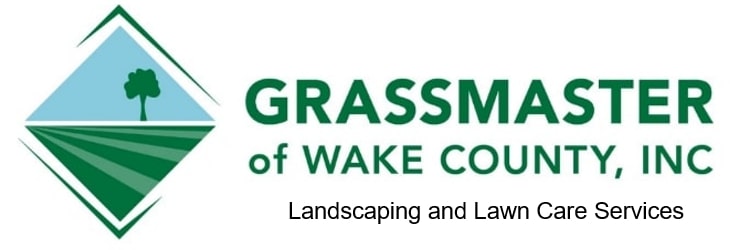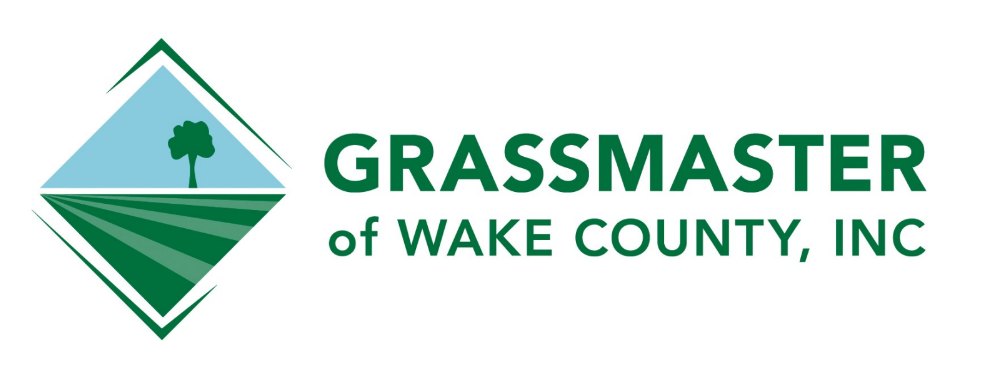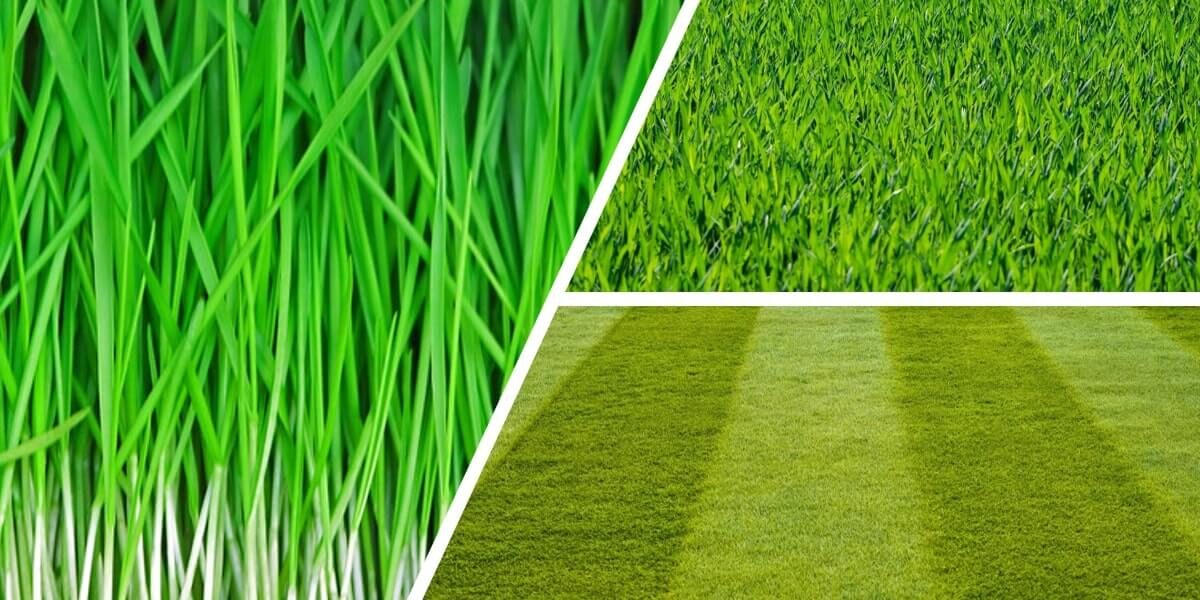Importance of Lawn Aeration, Pro Techniques & Benefits
From dull grass to thriving. From brown and dry to green and lush. Boost your law’s curb appeal and let your lawn thrive with our professional lawn aeration service. Don’t settle for subpar lawn growing results when you can experience the difference firsthand.
If your lawn needs lawn aeration service in the Raleigh and Wake County area, then you’ve come to the right place with GrassMaster of Wake County.

Say goodbye to lackluster lawns and hello to lush greenery!
Our expert aeration services offer a stark contrast to ordinary maintenance. Elevate your outdoor space with precision aeration techniques tailored to your lawn’s specific needs. Get ready to transform your yard into a vibrant oasis that stands out from the rest.
Table of Contents
Benefits of Having a Lawn Aeration Service
Healthier Grass Growth
Aeration brings oxygen back into the lawn and allows carbon dioxide (CO2) to escape. The process creates air channels deep into the root zone, ensuring that grass roots receive the much-needed oxygen. Adequate oxygen supply is crucial for the health and appearance of your lawn. When the soil breathes better, the lawn looks better
Enhance your soil oxygen levels through lawn aeration to boost the overall health of your grass. By allowing more oxygen to reach the roots, you’ll see lusher, greener grass that thrives and grows healthier and stronger.
Better Water and Nutrient Absorption
Aeration creates holes or channels in the soil, which serve as pathways for air, water, and nutrients to reach the grass roots. These essential elements are often deprived of their basic needs when the soil is compacted. By aerating the lawn, you provide direct contact between the soil and seeds/nutrients, and roots have fresh pathways to access the necessary resources. This can promote quick seed establishment, thicker growth, and a healthier lawn.
Reduce your soil compaction by aerating your lawn. This process facilitates improved water penetration and nutrient absorption, ensuring your grass gets the essential elements it needs to thrive.
Enhanced Root Development
Aeration helps prevent water and nutrient absorption issues in the lawn. A lack of oxygen makes it harder for the grass to absorb water and nutrients, leading to poor growth. By aerating the lawn, you improve the soil’s ability to hold water and allow nutrients to penetrate the roots effectively. This, in turn, promotes healthier root development and overall lawn vitality.
Aerating your lawn promotes enhanced root development, leading to a more robust and resilient turf. Stronger roots mean your grass can withstand drought conditions better and recover faster from stressors like foot traffic.
Thatch Prevention
Aeration plays a crucial role in preventing thatch buildup, ensuring that organic matter does not accumulate excessively on the soil surface. By creating small holes in the ground, aeration allows for better air circulation and reduces the chances of thatch formation.
Water Infiltration and Runoff Reduction
One of the significant benefits of lawn aeration is its ability to enhance water infiltration into the soil. By creating channels for water to penetrate deeply, aeration reduces surface runoff, which can lead to water wastage and erosion. This ensures that your lawn receives adequate moisture, promoting lush and green turf.
Fertilizer Uptake and Turf Health
Proper aeration improves fertilizer uptake by allowing nutrients to reach the grassroots more effectively. This results in enhanced nutrient absorption by the grass, leading to improved overall turf health, including vibrant color, increased density, and better resistance to pests and diseases.
Understanding Overseeding Importance with Lawn Aeration Service
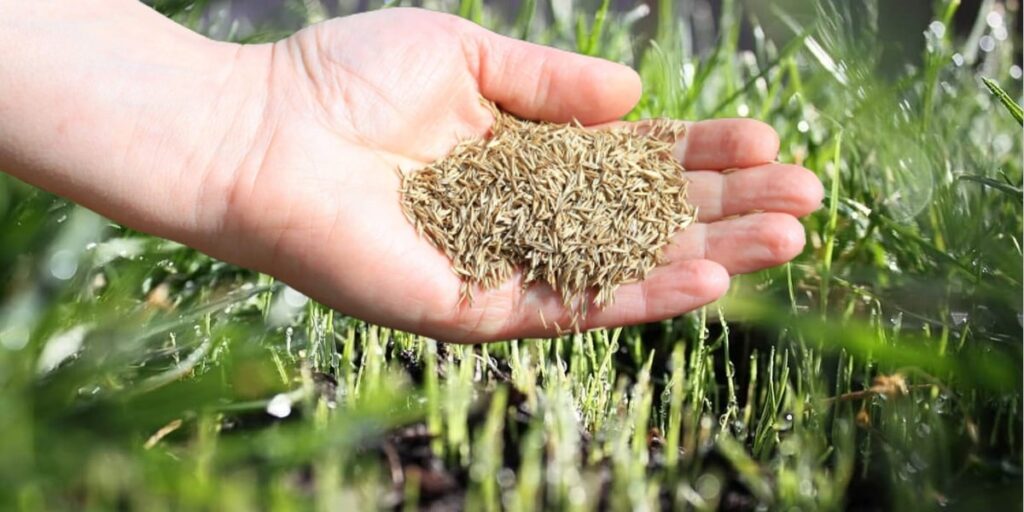
Enhancing Lawn Appearance
Overseeding is the process of seeding over the existing lawn, not the practice of spreading too much grass seed. When overseeding is done after aeration, it provides the newly planted seeds with a great space to grow from. Overseeding is used to fill in bare areas and create a denser-looking lawn. It introduces new grass varieties that can better tolerate drought or disease than existing turfgrass species, contributing to the health and lushness of the lawn. Additionally, the soil plugs created during aeration will break down over time, releasing nutrients back into the soil and providing nourishment for the new grass seed.
Overseeding along with aeration plays a crucial role in filling bare patches, promoting a denser and greener lawn. By introducing new grass varieties, homeowners can achieve a more vibrant and lush appearance. This process is essential for addressing thinning areas, and ensuring a uniform and aesthetically pleasing lawn.
Improving Lawn Health
Introducing new grass seeds through overseeding helps enhance the overall health of the lawn. By incorporating different grass varieties, homeowners can strengthen the resilience of their turf against diseases and pests. This proactive approach not only boosts the visual appeal but also contributes to the long-term sustainability of the lawn.
Aeration and overseeding should be done at least once per year, if not twice, depending on the wear and tear the lawn experiences.
The combination of aeration and overseeding ensures that all parts of the lawn receive adequate nutrition from below ground level while creating lush green spaces above ground level. The process may seem daunting, but with the right tools and preparation, it can be done effectively for optimal results. GrassMaster has the commercial equipment and lawn knowledge to help you aerate your lawn. Just call 919-796-1633 to learn more.
Natural Weed Control
Overseeding is an effective strategy to increase lawn thickness, which naturally suppresses weed growth. A thicker lawn creates dense coverage, leaving little room for weeds to take root and thrive. By crowding out unwanted weeds, overseeding serves as a natural weed control method, reducing the need for chemical interventions.
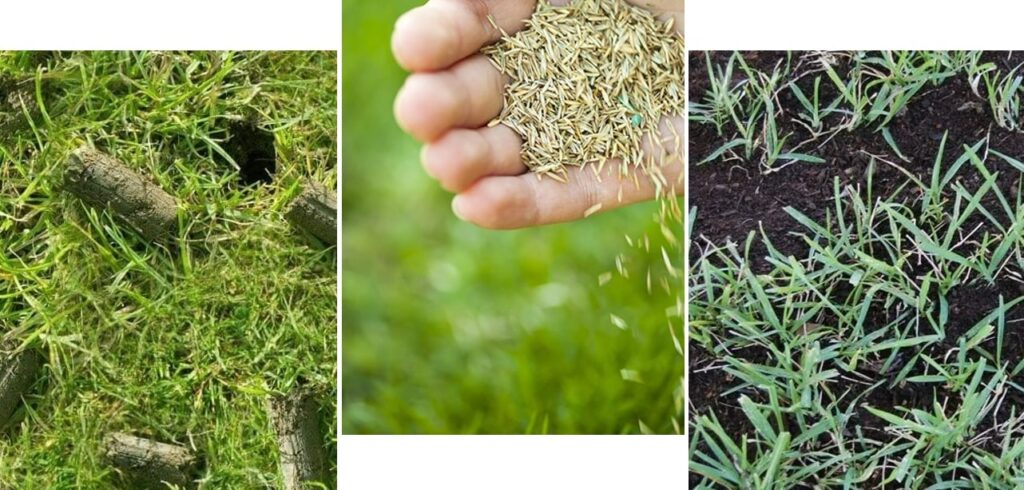
Preparing Your Lawn for Overseeding
Soil Testing
Before seeding your lawn, it’s crucial to conduct a soil test to identify any nutrient deficiencies. This step ensures that the soil is adequately prepared to support healthy grass growth. By addressing any deficiencies beforehand, you can provide the necessary nutrients for the new grass to thrive.
Lawn Preparation
To optimize the results of overseeding, start by removing excess lawn thatch and addressing soil compaction. Thatch can prevent seeds from reaching the soil, hindering germination. Use a dethatching rake or machine to clear away thatch effectively. compacted soil restricts grass roots from penetrating deeply, impeding their growth. Aerating the soil before overseeding helps alleviate compaction and promotes better root development.
Watering and Maintenance
After overseeding, proper watering is essential for successful germination. Keep the soil consistently moist but not waterlogged to encourage new grass growth. Avoid allowing the soil to dry out during this critical period. Regular maintenance tasks such as mowing at the correct height and fertilizing appropriately support the establishment of a lush, healthy lawn post-overseeding.
The Best Timing for Lawn Aeration Service
Optimal Seasons
Schedule aeration during the active growth seasons like early spring or fall to coincide with grass growth phases. This timing allows the grass to recover quickly and promotes healthy root development.
For optimal North Carolina aeration schedules, keep the following guidelines in mind:
- Cool-Season Grasses (such as Fescue and Bluegrass): Lawns with cool-season grasses should be aerated between September and October, which is the early fall and the start of their growing season.
- Warm-Season Grasses (such as Bermuda Grass): For warm-season grasses like Bermuda grass, it is best to aerate at the start of summer rather than earlier in spring. This allows the soil and turf to breathe and expand, maximizing sunlight exposure for each individual grass blade.
It’s important to note that the specific timing may vary depending on the region within North Carolina and the specific conditions of your lawn. Since we have helped homeowners in Wake County for over 20 years, call us at 919-796-1633 to learn more about specific recommendations for your grass type.
Weather Conditions
Avoid aerating during periods of extreme weather conditions such as high heat or drought. Aerating in such conditions can stress the grass, hindering its ability to recover effectively.
Benefits of Proper Lawn Aeration Timing
- Enhances nutrient absorption
- Promotes stronger root growth
Annual / Bi-Annual Lawn Aeration Services
Benefits
Regular aeration is crucial for maintaining a healthy lawn as it allows oxygen, water, and nutrients to reach the grass roots more effectively. This process helps in reducing soil compaction and promoting robust root growth. With North Carolina’s hot summers, we need to give our lawns the best opportunity for vibrant growth.
Cost-Effectiveness
Annual aeration services are highly cost-effective when compared to the expenses involved in extensive lawn repairs due to neglect. By investing in yearly or bi-annual lawn aeration service, homeowners can prevent issues like thatch buildup and poor drainage, saving both money and time in the long run.
Long-Term Lawn Improvement
Consistent aeration plays a vital role in improving the overall quality and sustainability of the lawn over time. It enhances the soil structure, encourages deeper root growth, and promotes better absorption of essential nutrients. This results in a lush, green lawn that is more resilient to drought, pests, and diseases.
Achieving Notable Lawn Results
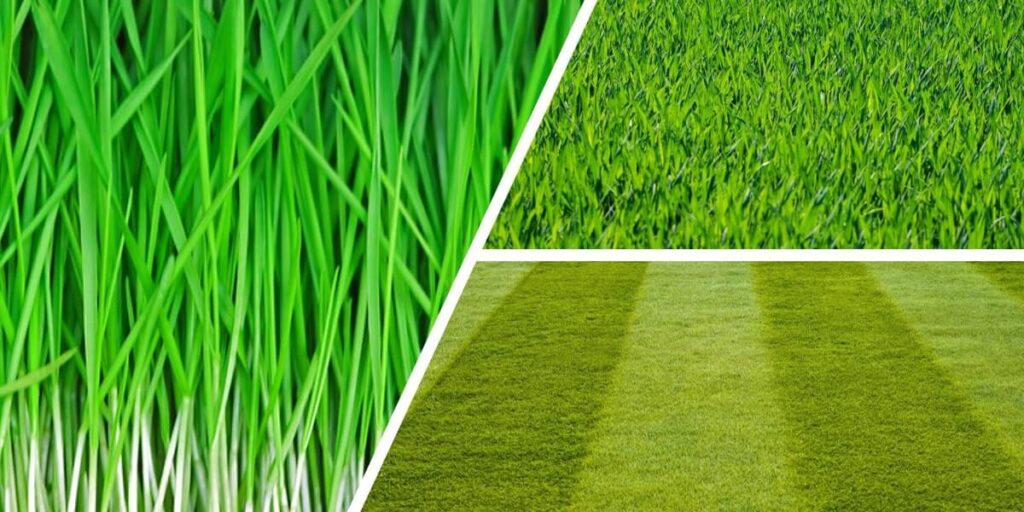
Enhanced Grass Thickness
After lawn aeration service application, grass roots can penetrate deeper into the soil, leading to increased nutrient absorption. This results in thicker and healthier grass blades and growth. To further enhance your lawn and grass health, adopt the following schedule and process:
- Proper Nutrition: Lawns need the right nutrients to grow thick and healthy. Over time, lawns can leach nutrients, leaving them deficient. Applying fertilizers that contain essential nutrients, such as nitrogen, phosphorus, and potassium, can help promote thicker grass growth.
- Aeration and Overseeding: Aeration helps alleviate soil compaction and allows air, water, and nutrients to reach the grass roots. Overseeding, which involves spreading new grass seed over existing turf, helps fill in bare areas and promotes denser grass growth.
- Watering: Adequate watering is crucial for thicker grass growth. Lawns typically need about one inch of water per week. During dry spells, it may be necessary to water the lawn 1 to 2 times per week with a deep soaking to ensure the grass receives sufficient moisture.
- Mowing Practices: Proper mowing techniques can also contribute to thicker grass. Mowing grass at the correct height and not cutting the grass too short allows for more lateral growth and encourages a denser lawn. Leaving the grass longer (around 3 inches or more) can promote deeper root growth and shade out weed seeds.
- Addressing Issues: Identifying and addressing any underlying issues that may be hindering grass growth is important. This includes addressing soil compaction, drainage problems, pests, diseases, and weed infestations. Resolving these issues can help create a healthier environment for thicker grass to thrive.
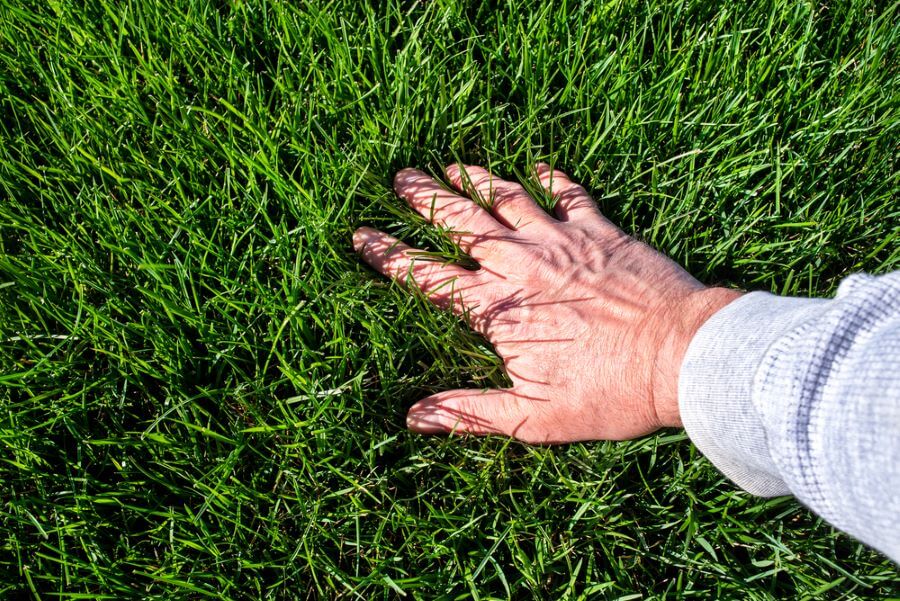
Improved Overall Lawn Health
An effective lawn aeration service allows for better air circulation, water penetration, and nutrient absorption in the soil. As a result, the entire lawn ecosystem thrives, promoting overall health.
Satisfied Customer Testimonials
- Customers often express delight at the visible improvements in their lawns post-aeration.
- One homeowner mentioned how their once patchy lawn transformed into a lush green carpet after professional aeration services.
Visual Impact with Before-and-After Photos
- Before-and-after photos showcasing the transformation of lawns post-aeration can be compelling.
- These visuals demonstrate the tangible benefits of aeration, encouraging other homeowners to invest in this maintenance practice.
Choosing the Right Aeration Approach
Core vs. Spike
Core aeration involves removing small plugs of soil from the lawn, facilitating better air and water circulation. On the other hand, spike aeration simply pokes holes in the ground without removing any soil. Core aeration is generally more effective as it reduces soil compaction and promotes root growth.
Equipment Selection
Choosing the right equipment for aeration is crucial for optimal results. Specialized aerator machines with hollow tines are ideal for core aeration, ensuring proper soil removal. In contrast, spike aerators come in various forms like spiked shoes or handheld tools.
Liquid Aeration
Liquid aeration is gaining popularity as an alternative method to mechanical aeration. This treatment involves applying liquid compounds that break down compacted soil. It can be particularly useful for hard-to-reach areas or during drought conditions when mechanical aeration may not be feasible.
Take the Next Step in Your Lawn Aeration Service
By understanding the benefits of lawn aeration and the significance of overseeding, you can achieve remarkable results for your lawn. Timing is crucial, so ensure you schedule annual aeration services to maintain a healthy and vibrant lawn. Choosing the right aeration approach and adequately preparing your lawn for overseeding are essential steps in this process. Remember, a well-aerated lawn not only looks beautiful but also promotes strong root growth and overall health.
Take action today to give your lawn the care it deserves. Contact your Wake County local professionals for expert advice and services tailored to your specific needs in the Raleigh and Wake County areas.
Your lush, green lawn is just one lawn aeration service away! Call today to schedule your appointment: 919-796-1633.
(FAQs) Lawn Aeration Service Frequently Asked Questions
Can a lawn aeration service really benefit my grass?
Yes, lawn aeration can significantly benefit your grass by improving soil compaction, allowing better air circulation, enhancing water absorption, and promoting healthier root growth for lush green lawns.
When is the best time to aerate my lawn?
The ideal time for lawn aeration service is during the growing season when the grass can recover quickly. For cool-season grasses like those in Wake County, NC, early fall or spring are optimal times for aeration to maximize benefits.
How often should I aerate my lawn?
It is recommended that your lawn is aerated at least once a year to maintain healthy turf. However, high-traffic areas or compacted soils may require more frequent aeration to ensure proper growth and vitality of the grass.
What is overseeding and why is it important with a lawn aeration service?
Overseeding involves spreading new grass seed over existing turf to fill in bare spots and improve overall lawn density. This process helps enhance the appearance of the lawn, improve resistance to pests and diseases, and promote a thicker carpet of grass.
What factors should I consider when choosing an aeration approach?
Consider your soil type, grass variety, climate conditions in Wake County, NC, and the level of compaction in your lawn when selecting an aeration method. Core aeration is generally effective for most lawns but consulting with professionals can provide tailored recommendations.
